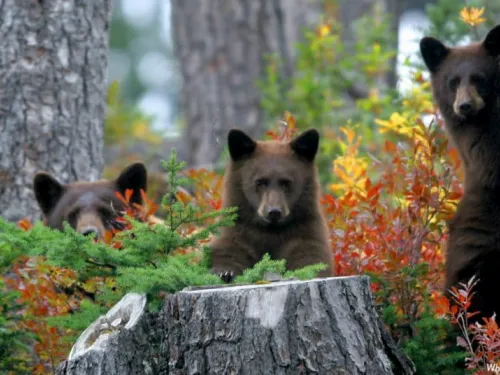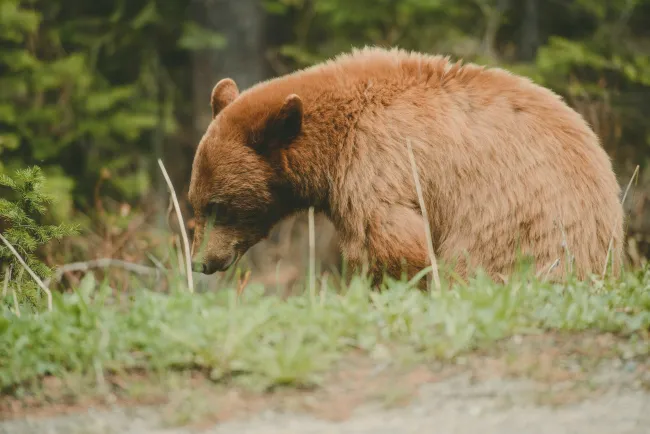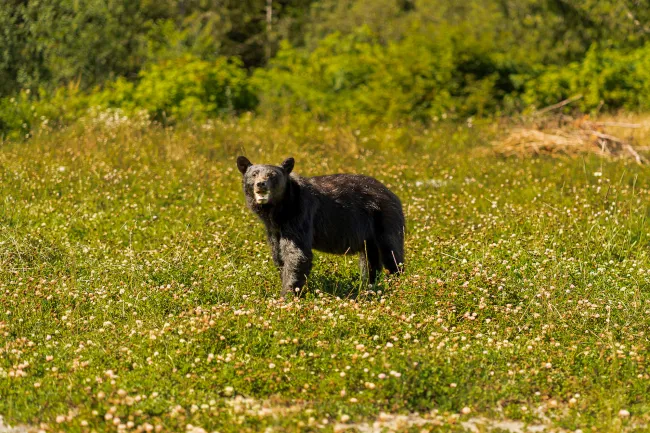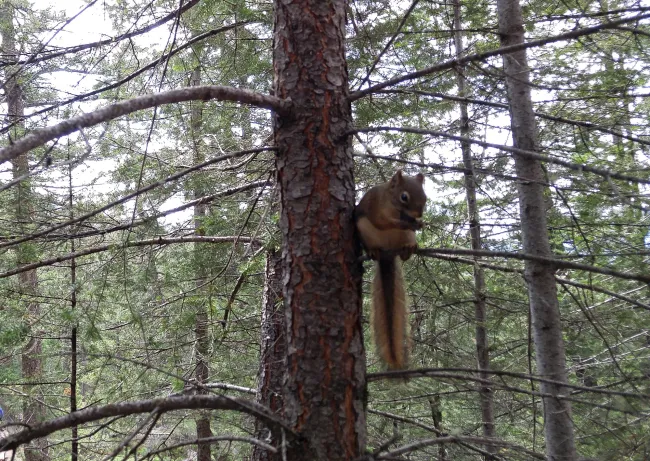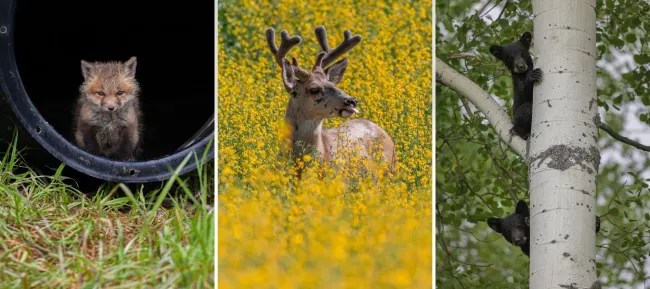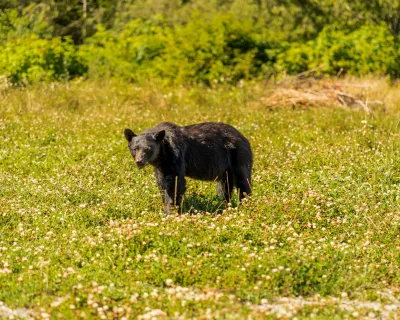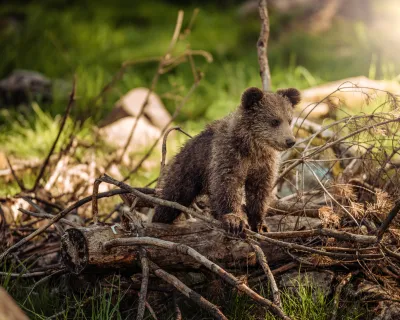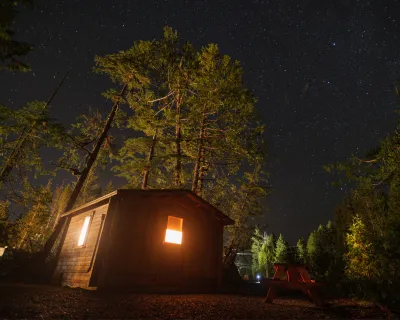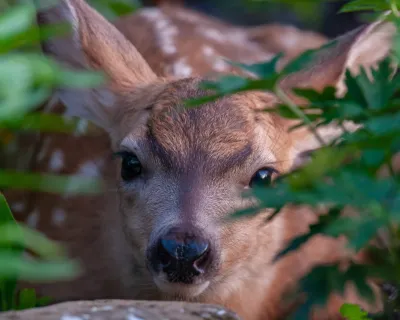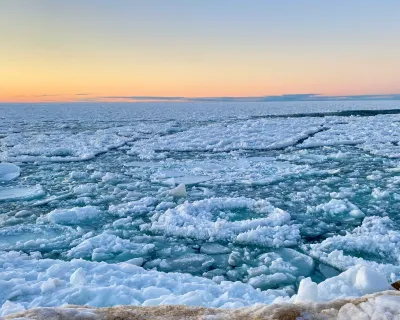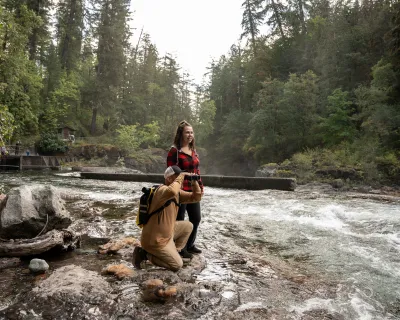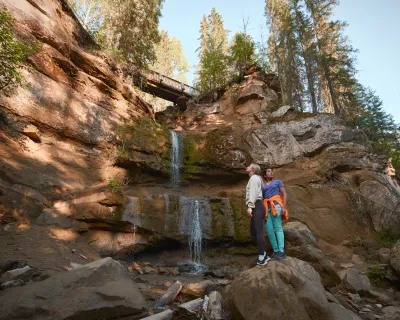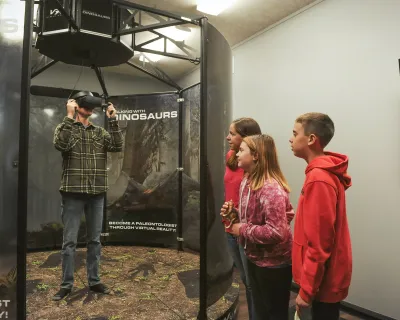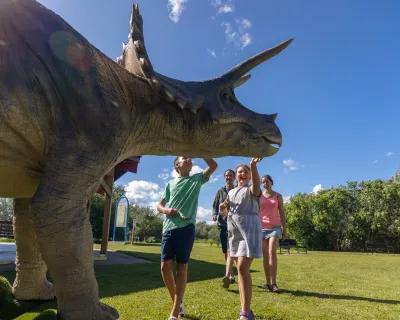Forget what you thought you knew about bear hibernation
When I first heard it argued that bears don’t truly hibernate, it rocked my world. Pretty much my whole life, I’d been taught that bears were hibernators. But is it true? Do bears hibernate, or is it something else? And what other wildlife facts might I have been incorrectly inundated with?
And what about other supposed hibernators, like squirrels, bats and marmots? Are they true hibernators or are they just deep sleepers?
Wildlife is endlessly fascinating, in part because they have so many cool adaptations. We can learn survival tricks from these adaptations, they can help us navigate more safely in the backcountry and they offer good trivia to trot out at parties (well, at the risk of outing myself as a nature nerd).
Some scientists even theorize that the bear’s winter behaviour could inspire medical advances, or help us achieve long distance space travel! (More on that, in a bit.)
So here we are: let’s revisit the bear hibernation debate, and a few other fall animal behaviours and impacts, as we ready ourselves for the winter ahead. Don’t sleep on this!
Fall animal behaviours: hibernation, torpor and denning
Essentially these three strategies account for most animals that are inactive in winter. What are they?
Here are some basic definitions:
Hibernation: when an animal spends an extended period of time in a dormant state through the colder, winter months
Torpor: a state of inactivity where the animal is partially or totally insensible, with lowered body temperature and metabolism
Denning: when an animal shelters in a cave or protected lair through colder periods of winter
Clear as mud? Yeah. There’s a lot of crossover there to begin with. And, given animal behaviour is an imprecise science, you can see why there’s some debate.
So now that we’ve stirred the pot, it’s time for the main event.
Do bears truly hibernate?
Some wildlife biologists claim that bears aren’t true hibernators, but in fact “super hibernators.” Others call it torpor. But what does that mean? Essentially, it’s a difference of body temperature and behaviour.
1. Body temperature: smaller hibernating animals (squirrels, bats, marmots) reduce their body temperature to near freezing temperature. Basically, it’s nature’s cryogenesis. Bears, on the other hand, only reduce their body temperature by about 12 degrees. Still pretty cold for us mammals - imagine your body temperature dropping 12 degrees!
2. Behaviour: generally, hibernators sleep or rest for months at a time, occasionally waking to eat and void waste. Not bears. They sleep through up to six straight months in northern climates, in a state known as torpor. Amazingly, they don’t eat, nor go to the bathroom for the entire time.
Unlike the other critters who do wake, these differences in body temperature and behaviour distinguish the bear’s winter slumber. So, is it hibernation or not?
If you ask me, a super hibernator is a hibernator. Just on a bigger scale. But I’m not a scientist, and debate continues: some argue that bears are in torpor through winter, others that they hibernate (or super-hibernate).
Now, what about those medical and space science applications? Medical scientists are studying bears’ ability to heal or regenerate during their winter rest to see if they can unlock new ways to help treat conditions ranging from osteoporosis to Type II diabetes and kidney failure.
find YOUR zen
Sign up for ZenSeekers enews for local culture & outdoor adventure across Western Canada.
As for space, scientists have theorized that if humans could develop the ability to enter a torpor state like bears, it could enable long distance space travel to places like Mars!
Both of these possibilities, as well as the effect climate change is having on hibernating animals like the bear, are touched on in this article by The Atlantic. For more about bear behaviours, Bear Wise is a great resource.
How do other animals adapt to winter?
Squirrels, bats, marmots, most amphibians and some small rodents hibernate. Ungulates and canines, including deer, moose, elk, bighorn sheep, wolves and coyotes, stay active in winter. Birds are a different story: some migrate and some overwinter. Fall and winter are great times to watch wildlife (always from a distance!). Be sure to take caution around rutting and mating animals, usually spring and fall activities, as animals like elk and moose can be more aggressive during these times.
Effect of climate change on hibernation
Notably, animal behaviours are changing with climate change. In some cases, this is a cause for real concern. Some, like bears and squirrels, may delay hibernation later into the fall, or get up earlier in the spring, causing radical change to their internal cycles and survival prospects.
Whether they’re staying up late or waking up early when food sources are still scarce, it means fighting harder to find sustenance. This can also lead, in the case of bears, to dangerous behaviours like scavenging in human-inhabited areas.
The upshot of all this? Alpha predators like bears are key determiners of ecosystem health. Whether it’s through the insights their behaviour affords into medical science or into the current state of the natural world, we would be wise to pay more attention to bears.
Get more Zen with nature
Read these stories to continue to learn about nature and ways you can connect to it.
